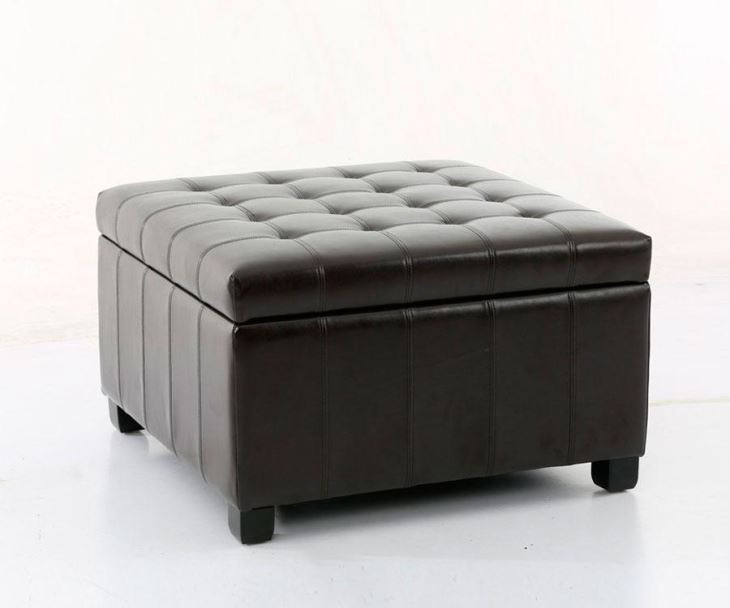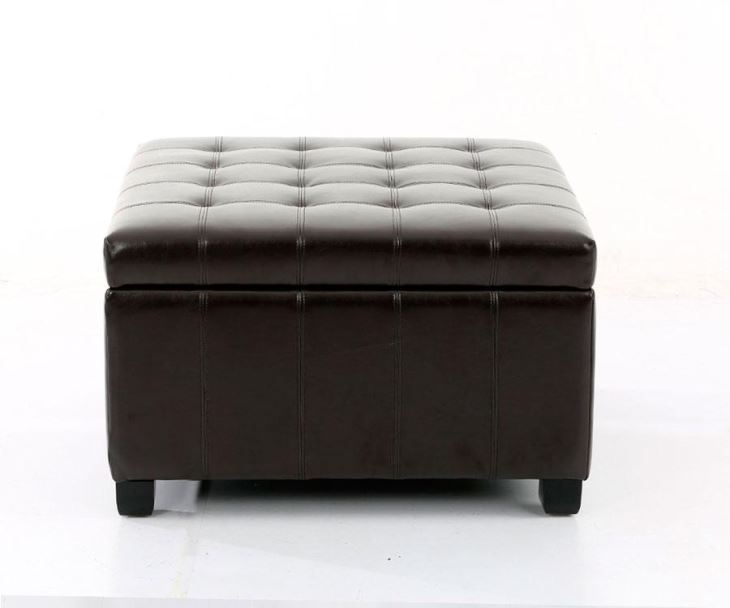- Apr 25, 2025-
In the realm of modern urban living, where functionality seamlessly intertwines with elegance, every element of a space plays a crucial role in creating a sanctuary that reflects sophistication and comfort. Among these elements, footstools often go unnoticed yet hold significant importance in both aesthetics and practicality. As an advocate for transforming spaces into true sanctuaries, I believe that the subtle addition of a well-crafted footstool can elevate any interior design to new heights.
This blog delves into the world of footstools, exploring their role in modern urban living, the various styles they come in, and how they contribute to creating a sophisticated leisure home environment. By understanding the nuances of these functional yet elegant pieces, you can make informed decisions that enhance your living spaces.
Footstools are more than just practical additions; they are integral to the overall design ethos of a space. They serve multiple purposes, from providing additional seating during gatherings to offering a surface for resting feet or placing small items like books or drinks. Their versatility makes them indispensable in both residential and commercial settings.
In high-quality leisure home life, footstools act as finishing touches that complete the look of a room. Whether placed beside a chair, a sofa, or as standalone pieces, they add character and functionality to any area. Hotels, clubs, and other public spaces also benefit from their inclusion, as they provide guests with comfort and convenience.
The beauty of footstools lies in their diversity. They come in various styles, each offering a unique aesthetic that caters to different design preferences. From modern minimalism to classic elegance, there is a footstool style for every taste.
Modern Footstools: These designs emphasize clean lines and simplicity. Perfect for contemporary spaces, they bring a sense of understated sophistication. The Footstools-ST-7080L is an excellent example of modern footstool design, blending functionality with sleek aesthetics.
Traditional Footstools: For those who appreciate classic elegance, traditional footstools offer ornate details and rich textures. The Footstools-SF-7028 exemplifies this style, with its intricate craftsmanship and timeless appeal.
Contemporary Footstools: These designs push boundaries, incorporating bold shapes and innovative materials. The Footstools-ST-7033B is a prime example, showcasing how footstools can be both functional and statement pieces.
Each style of footstool tells a story, reflecting the design philosophy of the space it inhabits. Whether you prefer minimalism or opulence, there is a footstool that will complement your interior design seamlessly.
Selecting the right footstool involves considering factors such as size, material, and color to ensure they harmonize with your existing decor. For instance, smaller spaces may benefit from compact designs, while larger rooms can accommodate more substantial pieces.
Material is another crucial consideration. Leather footstools exude luxury and durability, making them ideal for high-quality leisure environments. Wooden footstools, on the other hand, offer a natural, warm aesthetic that complements rustic or traditional interiors. Upholstered footstools provide comfort and a soft appearance, perfect for spaces where relaxation is key.
Color coordination is essential to maintain visual harmony. Neutral tones like beige, gray, or black work well with various color schemes, while bold colors can add a pop of vibrancy to otherwise muted rooms.
Beyond their practical uses, footstools contribute significantly to the overall aesthetic of a space. They serve as decorative elements that draw attention without overwhelming the room. Placed strategically, they can act as focal points or subtle accents, depending on the design.
In terms of functionality, footstools add an extra layer of comfort to seating areas. They provide support for feet, reducing fatigue during long hours of sitting. This makes them particularly useful in spaces where guests may linger, such as living rooms, bars, or lounges.

To ensure your footstools remain functional and beautiful for years to come, proper maintenance is key. Regular cleaning using appropriate materials for their surface can preserve their appearance. For leather footstools, use a soft cloth and gentle cleansers to maintain their supple texture. Wooden footstools benefit from periodic polishing to keep their finish intact.
By investing in high-quality footstools and taking care of them, you ensure that they continue to enhance your space for years to come.

Footstools are more than just functional additions; they are essential elements in creating sophisticated interiors that blend elegance with practicality. Their versatility allows them to fit into various design styles, making them a valuable component in both residential and commercial settings. By choosing the right footstool for your space, you can elevate your interior design and provide added comfort to those who occupy the room.
In the quest to create true sanctuaries, every detail matters. Footstools play a crucial role in this journey, offering both functionality and aesthetic appeal. Whether you opt for modern simplicity or classic elegance, their presence will undoubtedly enhance your living spaces.
Happy decorating!
Thank you for reading my blog. I hope you found it informative and inspiring. If you have any questions or would like to share your thoughts on interior design, feel free to leave a comment below.